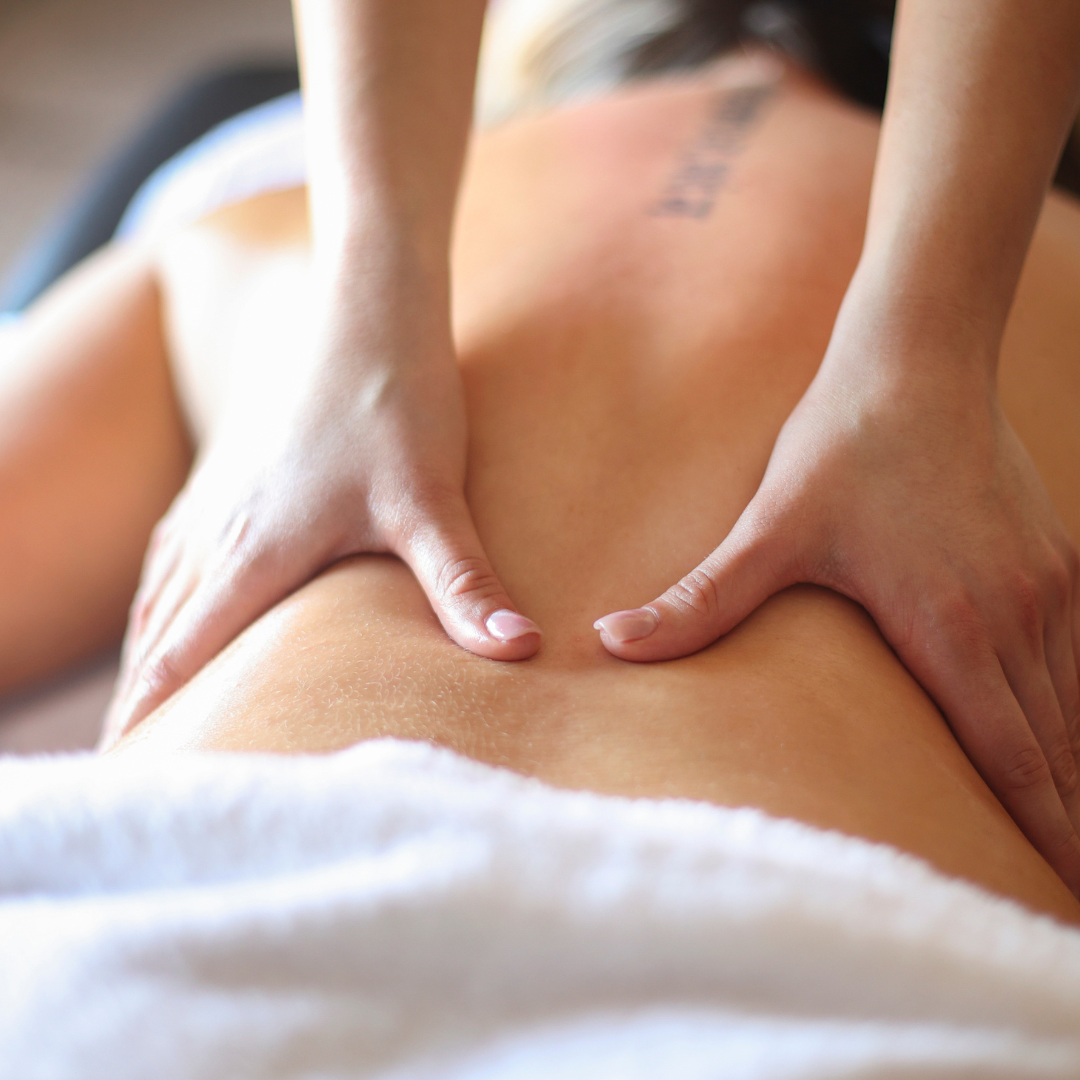Potential Risk Factors for Injuries to the Lumbar Spine
The lumbar region of the spine, commonly known as the lower back, is a complex structure responsible for supporting the weight of the upper body and facilitating movement. Due to its pivotal role, it’s susceptible to a variety of injuries. Understanding the common causes of these injuries is crucial for prevention and proper management. Here’s a breakdown of factors that can lead to lumbar spine injuries:
1. Acute Trauma: Sudden impacts or forceful movements are frequent culprits. These can include:
- Falls: Slipping, tripping, or falling from a height can place significant stress on the lower back, resulting in sprains, strains, or even fractures.
- Motor Vehicle Accidents: The sudden deceleration and impact forces involved in car accidents can cause severe trauma to the spine, leading to whiplash, herniated discs, or vertebral fractures.
- Sports Injuries: Contact sports like football, rugby, and hockey, as well as high-impact activities like weightlifting, can expose the lumbar spine to excessive forces and twisting motions, increasing the risk of sprains, strains, and disc injuries.
2. Overuse and Repetitive Strain: Repeated movements or sustained postures can place cumulative stress on the lower back structures:
- Repetitive Lifting: Jobs that involve frequent lifting, bending, and twisting, especially with improper technique, can gradually wear down the intervertebral discs and strain the surrounding muscles and ligaments.
- Prolonged Sitting: Extended periods of sitting, particularly with poor posture, can compress the lumbar spine and weaken the supporting muscles, making it more vulnerable to injury.
- Vibration: Occupations involving exposure to constant vibration, such as truck driving or operating heavy machinery, can contribute to disc degeneration and lower back pain.
3. Degenerative Conditions: The natural aging process can lead to changes in the spine that increase the risk of injury:
- Disc Degeneration: As we age, the intervertebral discs can lose their hydration and elasticity, making them more prone to herniation or bulging.
- Osteoarthritis: The breakdown of cartilage in the facet joints of the spine can lead to pain, stiffness, and reduced range of motion.
- Spinal Stenosis: Narrowing of the spinal canal can compress the spinal cord and nerves, causing pain, numbness, and weakness in the lower back and legs.
4. Poor Posture and Body Mechanics: Incorrect posture and movement patterns can contribute to imbalances in the spine and increase the risk of injury:
- Slouching: Poor posture while sitting or standing can place excessive stress on the lumbar spine and weaken the supporting muscles.
- Improper Lifting Technique: Lifting heavy objects without bending your knees and keeping your back straight can significantly increase the risk of strain or disc injury.
- Lack of Core Strength: Weak core muscles can fail to adequately support the spine, making it more susceptible to injury during activity.
5. Other Contributing Factors:
- Obesity: Excess weight places additional stress on the lumbar spine, increasing the risk of injury.
- Smoking: Smoking can reduce blood flow to the spine and impair healing, making it more vulnerable to injury and delaying recovery.
- Genetics: Some individuals may be genetically predisposed to developing certain spinal conditions, such as disc degeneration or scoliosis.
- Lack of Exercise: A sedentary lifestyle can weaken the muscles that support the spine, increasing the risk of injury.
Share this article

Latest articles

Potential Risk Factors for Injuries to the Lumbar Spine
The lumbar region of the spine, commonly known as the lower back, is a complex structure responsible for supporting the weight of the upper body and facilitating movement. Due to its pivotal role, it’s susceptible to a variety of injuries. Understanding the common causes of these injuries is crucial for prevention and proper management. Here’s a breakdown of factors that can lead to lumbar spine injuries:
1. Acute Trauma: Sudden impacts or forceful movements are frequent culprits. These can include:
- Falls: Slipping, tripping, or falling from a height can place significant stress on the lower back, resulting in sprains, strains, or even fractures.
- Motor Vehicle Accidents: The sudden deceleration and impact forces involved in car accidents can cause severe trauma to the spine, leading to whiplash, herniated discs, or vertebral fractures.
- Sports Injuries: Contact sports like football, rugby, and hockey, as well as high-impact activities like weightlifting, can expose the lumbar spine to excessive forces and twisting motions, increasing the risk of sprains, strains, and disc injuries.
2. Overuse and Repetitive Strain: Repeated movements or sustained postures can place cumulative stress on the lower back structures:
- Repetitive Lifting: Jobs that involve frequent lifting, bending, and twisting, especially with improper technique, can gradually wear down the intervertebral discs and strain the surrounding muscles and ligaments.
- Prolonged Sitting: Extended periods of sitting, particularly with poor posture, can compress the lumbar spine and weaken the supporting muscles, making it more vulnerable to injury.
- Vibration: Occupations involving exposure to constant vibration, such as truck driving or operating heavy machinery, can contribute to disc degeneration and lower back pain.
3. Degenerative Conditions: The natural aging process can lead to changes in the spine that increase the risk of injury:
- Disc Degeneration: As we age, the intervertebral discs can lose their hydration and elasticity, making them more prone to herniation or bulging.
- Osteoarthritis: The breakdown of cartilage in the facet joints of the spine can lead to pain, stiffness, and reduced range of motion.
- Spinal Stenosis: Narrowing of the spinal canal can compress the spinal cord and nerves, causing pain, numbness, and weakness in the lower back and legs.
4. Poor Posture and Body Mechanics: Incorrect posture and movement patterns can contribute to imbalances in the spine and increase the risk of injury:
- Slouching: Poor posture while sitting or standing can place excessive stress on the lumbar spine and weaken the supporting muscles.
- Improper Lifting Technique: Lifting heavy objects without bending your knees and keeping your back straight can significantly increase the risk of strain or disc injury.
- Lack of Core Strength: Weak core muscles can fail to adequately support the spine, making it more susceptible to injury during activity.
5. Other Contributing Factors:
- Obesity: Excess weight places additional stress on the lumbar spine, increasing the risk of injury.
- Smoking: Smoking can reduce blood flow to the spine and impair healing, making it more vulnerable to injury and delaying recovery.
- Genetics: Some individuals may be genetically predisposed to developing certain spinal conditions, such as disc degeneration or scoliosis.
- Lack of Exercise: A sedentary lifestyle can weaken the muscles that support the spine, increasing the risk of injury.





